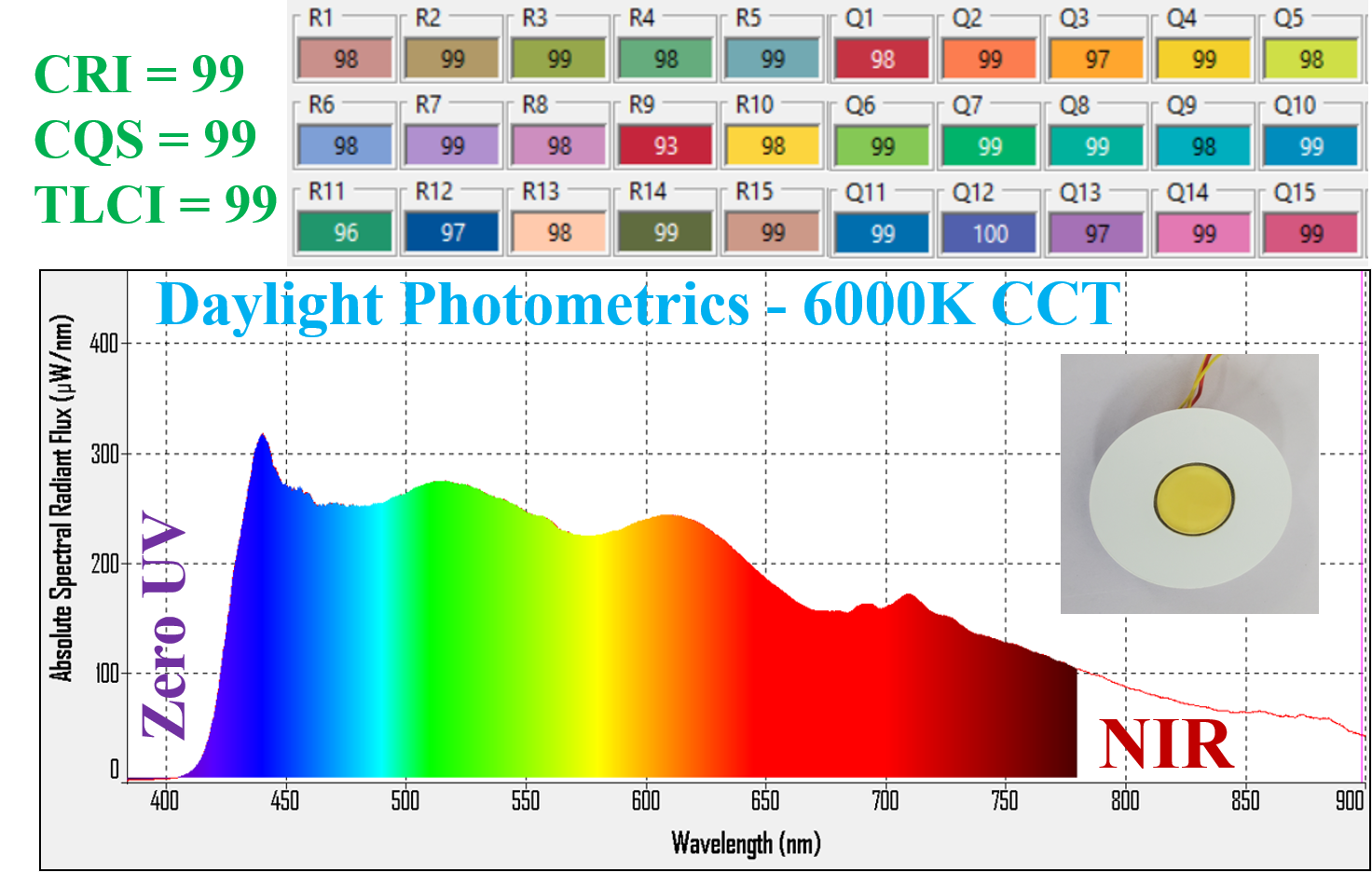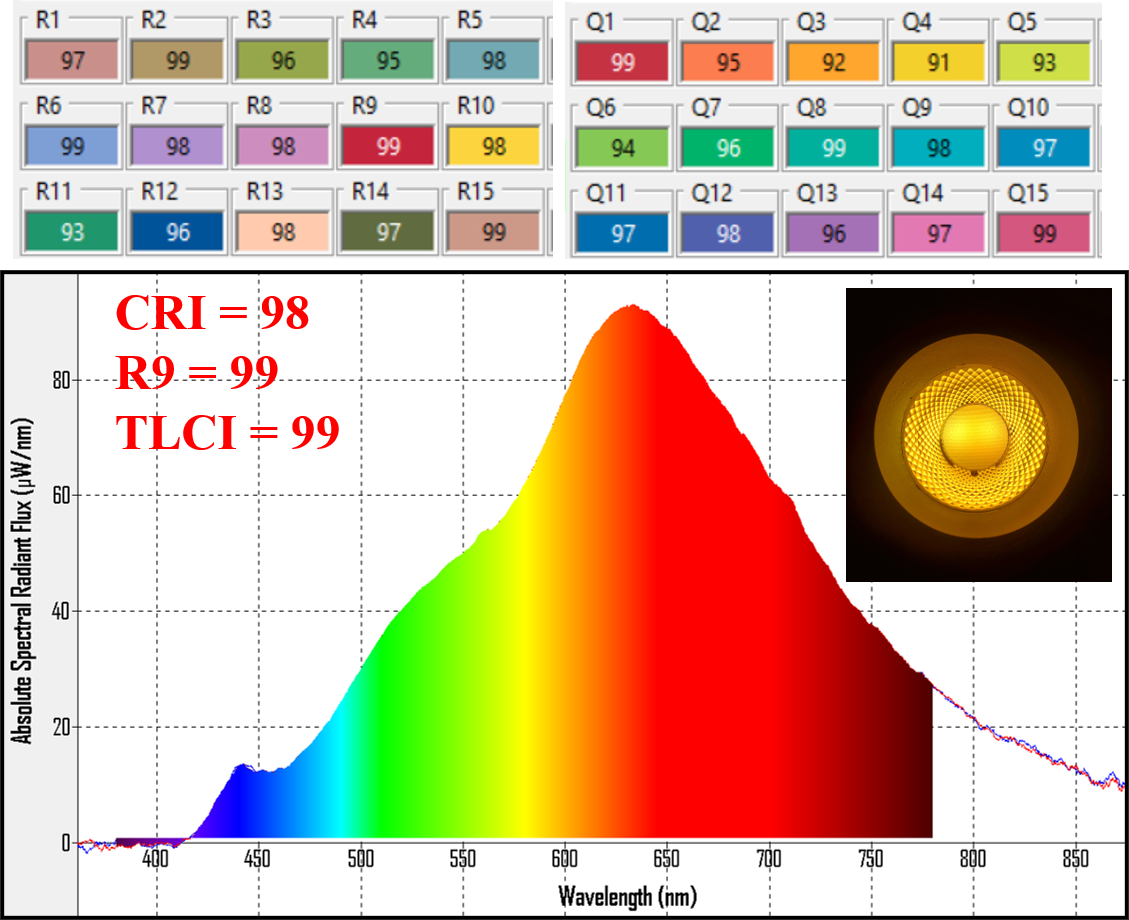Proper medical and therapy lighting is critical in both examination rooms as well as surgical operating environments. Doctors and nurses rely heavily on skin tone and organ colors in their diagnosis and treatment of patients. Subtle changes in color can reveal key information about infected tissues, poor blood circulation, cancers, jaundice, and a wide range of other illnesses or diseases. This is true not just in the room lighting environment but also the various invasive or non-invasive instruments used by medical professionals during examination or surgery on different areas of the body, internal or external.
Medical lighting generally requires a balance between the correlated color temperature (CCT) and color rendition index (CRI) of a light source. There are also other more specific lighting metrics used to assess clinical and therapy lighting such as the Cyanosis Index (COI). The Melanopic Ratio (MR) or the Melanopic/Photopic Ratio (M/P) is also used to quantify the effect of light on the circadian rhythm. The MR or M/P ratios are used to measure how much a light source contributes to the stimulation of the human circadian system.
In general, a light source that can simulate natural sunlight is key to properly displaying the various colors. However, natural sunlight also contains ionizing ultraviolet radiation, which should be avoided since it can cause tissue damage and premature skin aging. On the other hand, sunlight contains infrared (IR) light, which has been found to be beneficial for healing. Optimal medical or therapy lighting should, therefore, be designed to support and maximize the diagnosis, treatment, and healing of patients without the harmful effects of ultraviolet radiation.
Using phosphor-converted LED (pcLED) technology and patented processes, we have developed proprietary materials and devices that can deliver natural sunlight without the ultraviolet radiation parts of the solar spectrum. The pcLED technology can be integrated with electronic drivers in order to deliver a tunable sun light source that can adjust the solar spectrum on-demand to simulate the natural outdoor lighting colors at various times of the day, including sunrise and sunset. This includes not just visible light but also near-infrared (IR-A or NIR) lighting critical for sub-surface medical diagnosis and treatments or regeneration.
IR-A (700-1400nm) solar radiation has the effect of preconditioning the skin through a process called photo-prevention. In short, exposure to early morning IR-A wavelengths in sunlight appears to prepare the skin for the detrimental effect of UV radiation later in the day. It has been scientifically known for more than 50 years that low energy exposure to deep red and NIR (IR-A) wavelengths is beneficial to humans in terms of promoting various healing processes. Low level light therapy (sometimes called LLLT or PBM) has been reported in thousands of peer reviewed medical publications since 1968.

Daylight (CCT~6000K) Solar Spectrum with IR-A and Ultra-high Color Rendition Generated using Phosphor-converted LEDs

A high CRI LED Lamp for re-creating the sunrise and sunset night sky colors, including the near-infrared or IR-A.